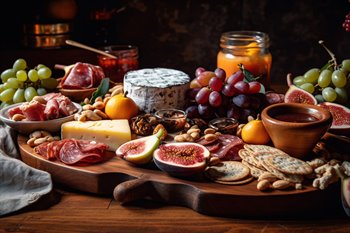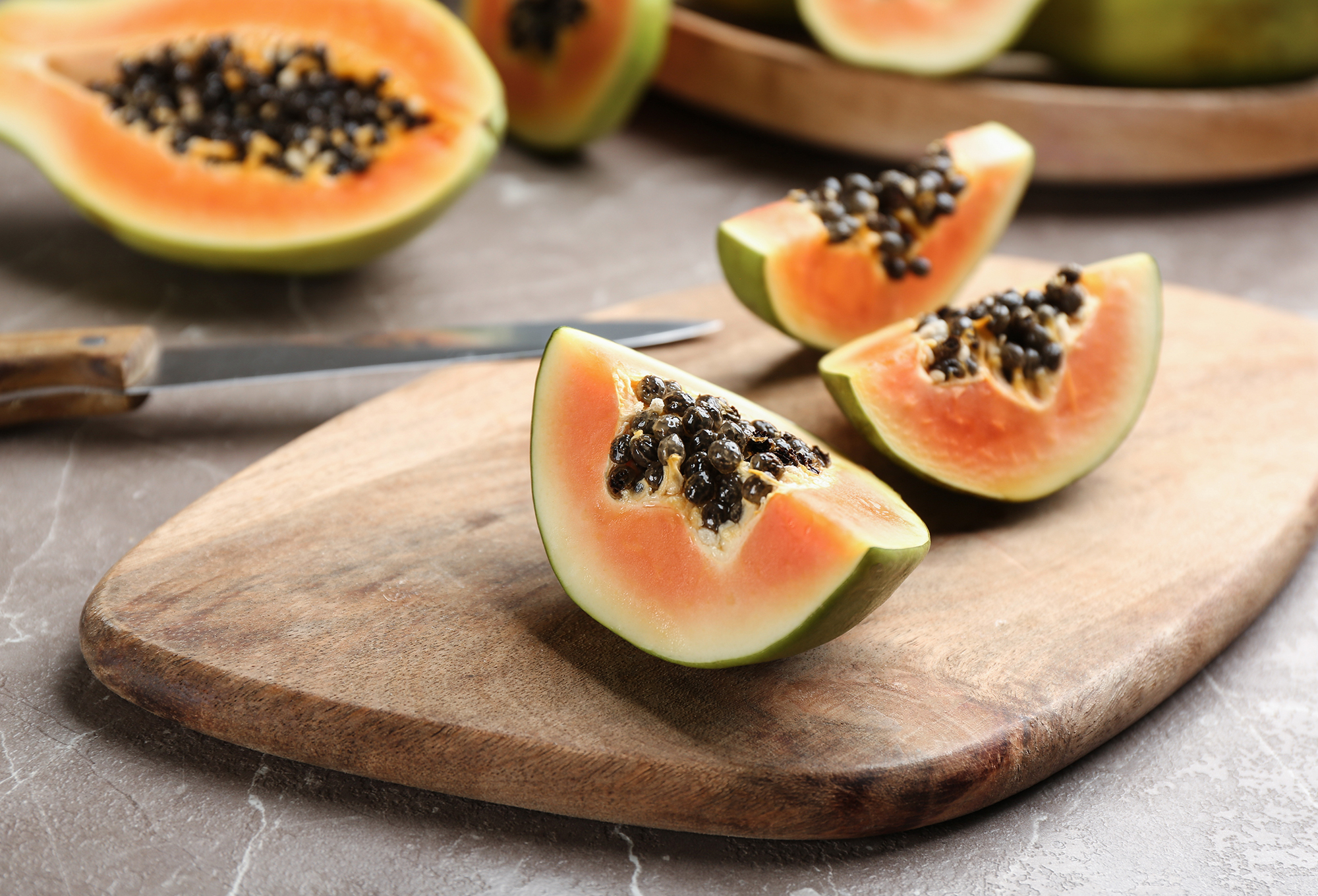The term "charcuterie" has its roots in French cuisine, derived from the words "chair" (flesh) and "cuit" (cooked). Historically, charcuterie referred to the preservation and preparation of meat products, such as sausages, pâtés, and cured meats. Over time, this culinary practice evolved, giving rise to the modern charcuterie board, which incorporates a diverse array of flavors and textures.
Components of a Charcuterie Board:
Cured Meats: At the heart of any charcuterie board are the cured meats, carefully selected and arranged to provide a symphony of flavors. Common choices include prosciutto, salami, chorizo, and coppa. Each meat brings its own unique taste profile, from the rich and salty notes of prosciutto to the robust spiciness of chorizo.
Cheeses: A well-rounded charcuterie board is incomplete without an assortment of cheeses. Varieties such as brie, cheddar, gouda, and blue cheese offer a range of textures and tastes. The combination of creamy, sharp, and pungent cheeses adds depth to the overall experience.
Accompaniments: Complementing the meats and cheeses are a selection of accompaniments that enhance the flavors and provide a harmonious balance. This can include items like honey, fruit preserves, grainy mustard, and pickles. The sweetness of honey, the tanginess of mustard, and the acidity of pickles all contribute to a dynamic taste experience.
Breads and Crackers: To provide a base and texture contrast, include an assortment of bread and crackers. Baguette slices, breadsticks, and various types of crackers serve as a neutral canvas for the vibrant flavors of the meats and cheeses.
Fresh and Dried Fruits: Introducing fresh and dried fruits, such as grapes, figs, or apple slices, adds a burst of sweetness and freshness. These elements not only contribute to the visual appeal of the board but also serve as palate cleansers between bites of rich meats and cheeses.
Crafting the Perfect Charcuterie Board:
Creating a visually stunning and palate-pleasing charcuterie board is an art form. Consider the following tips:
Balance and Variety: Aim for a balance of textures, flavors, and colors. Include a variety of meats, cheeses, and accompaniments to cater to different tastes.
Presentation: Pay attention to the visual aesthetics. Arrange the components in an appealing manner, creating a feast for the eyes as well as the taste buds. Play with shapes, heights, and colors for an enticing display.
Pairings: Experiment with pairings to discover delightful flavor combinations. For example, pair a creamy brie with sweet honey or a robust blue cheese with tangy pickles.
Personalization: Tailor the charcuterie board to suit your preferences and the occasion. Consider the season, theme, or dietary restrictions when selecting components.
The charcuterie board is more than just an assemblage of meats and cheeses; it is a culinary experience that celebrates the art of flavor pairing and presentation. Whether shared among friends at a gathering or enjoyed solo as a luxurious treat, the charcuterie board invites us to savor the diverse and exquisite tastes that culinary creativity can offer.




%20(1).jpg)





